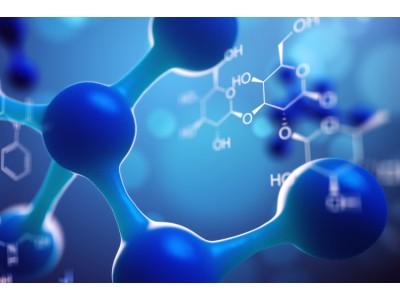| Bioactivity | Pimavanserin is a selective inverse agonist of the 5-HT2A receptor with pIC50 and pKd of 8.73 and 9.3, respectively. | ||||||||||||
| Invitro | Pimavanserin (ACP-103) competitively antagonizes the binding of [3H]ketanserin to heterologously expressed human 5-HT2A receptors with a mean pKi of 9.3 in membranes and 9.70 in whole cells. Pimavanserin demonstrates lesser affinity (mean pKi of 8.80 in membranes and 8.00 in whole cells, as determined by radioligand binding) and potency as an inverse agonist (mean pIC50 7.1 in R-SAT) at human 5-HT2C receptors, and lacked affinity and functional activity at 5-HT2B receptors, dopamine D2 receptors, and other human monoaminergic receptors[1]. Pimavanserin (ACP-103) is highly selective for 5-HT2A receptors, lacking affinity for other receptors in a broad profile screen including 65 different molecular targets; the only other receptor for which Pimavanserin demonstrates affinity is 5-HT2C, and Pimavanserin is approximately 30-fold selective for 5-HT2A receptors over 5-HT2C receptors depending on the assay[2]. | ||||||||||||
| In Vivo | Pimavanserin (ACP-103) is a potent, efficacious, orally active 5-HT2A receptor inverse agonist with a behavioral pharmacological profile consistent with utility as an antipsychotic agent. Pimavanserin attenuates head-twitch behavior (3 mg/kg p.o.), and prepulse inhibition deficits (1-10 mg/kg s.c.) induced by the 5-HT2A receptor agonist (±)-2,5-dimethoxy-4-iodoamphetamine hydrochloride in rats and reduces the hyperactivity induced in mice by the N-methyl-D-aspartate receptor noncompetitive antagonist 5H-dibenzo[a,d]cyclohepten-5,10-imine (dizocilpine maleate; MK-801) (0.1 and 0.3 mg/kg s.c.; 3 mg/kg p.o.), consistent with a 5-HT2A receptor mechanism of action in vivo and antipsychotic-like efficacy. Pimavanserin demonstrates >42.6% oral bioavailability in rats[1]. | ||||||||||||
| Name | Pimavanserin | ||||||||||||
| CAS | 706779-91-1 | ||||||||||||
| Formula | C25H34FN3O2 | ||||||||||||
| Molar Mass | 427.55 | ||||||||||||
| Appearance | Solid | ||||||||||||
| Transport | Room temperature in continental US; may vary elsewhere. | ||||||||||||
| Storage |
|
||||||||||||
| Reference | [1]. Vanover KE, et al. Pharmacological and behavioral profile of N-(4-fluorophenylmethyl)-N-(1-methylpiperidin-4-yl)-N'-(4-(2-methylpropyloxy)phenylmethyl) carbamide (2R,3R)-dihydroxybutanedioate (2:1) (ACP-103), a novel 5-hydroxytryptamine(2A) receptor inverse agonist. J Pharmacol Exp Ther. 2006 May;317(2):910-8. [2]. Vanover KE, et al. A 5-HT2A receptor inverse agonist, ACP-103, reduces tremor in a rat model and levodopa-induced dyskinesias in a monkey model. Pharmacol Biochem Behav. 2008 Oct;90(4):540-4. |

Pimavanserin
CAS: 706779-91-1 F: C25H34FN3O2 W: 427.55
Pimavanserin is a selective inverse agonist of the 5-HT2A receptor with pIC50 and pKd of 8.73 and 9.3, respectively.
Sales Email:peptidedb@qq.com
This product is for research use only, not for human use. We do not sell to patients.